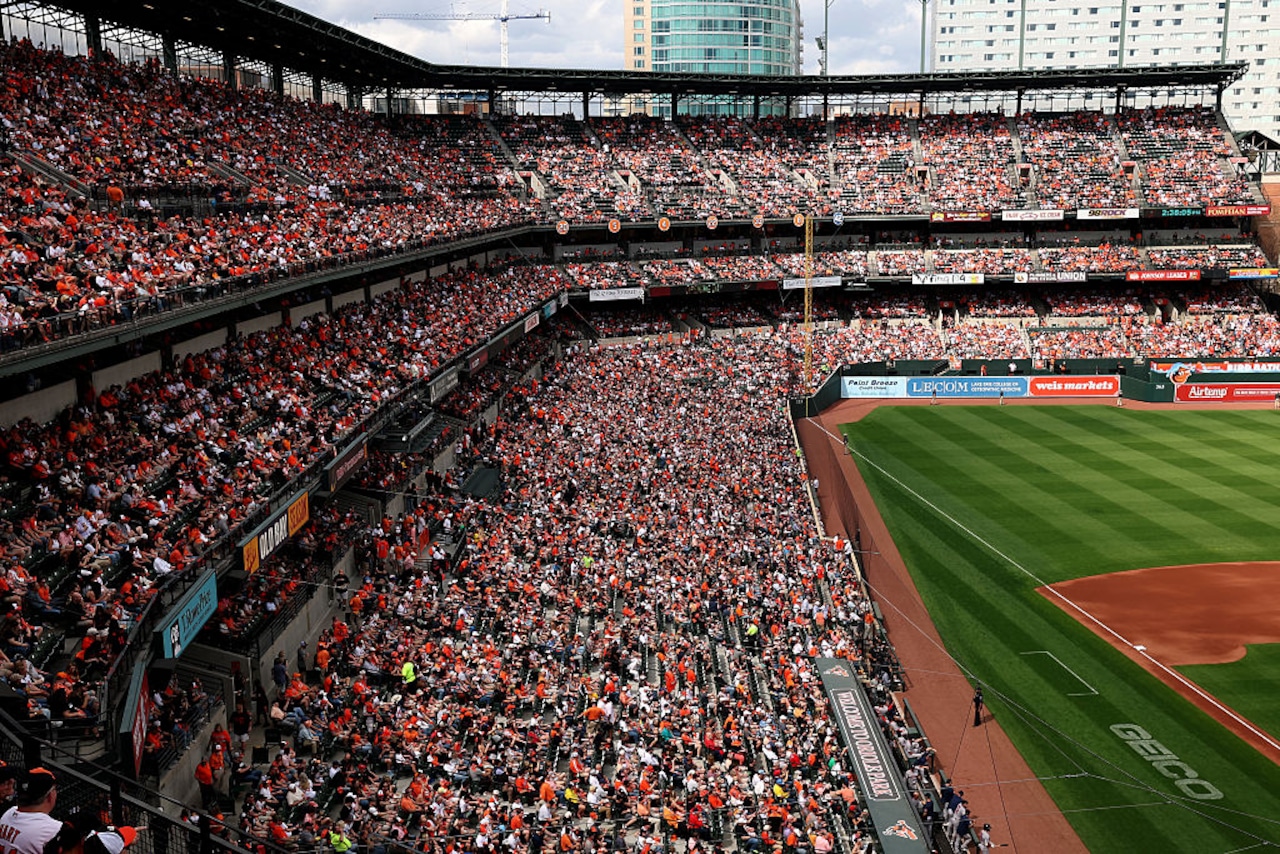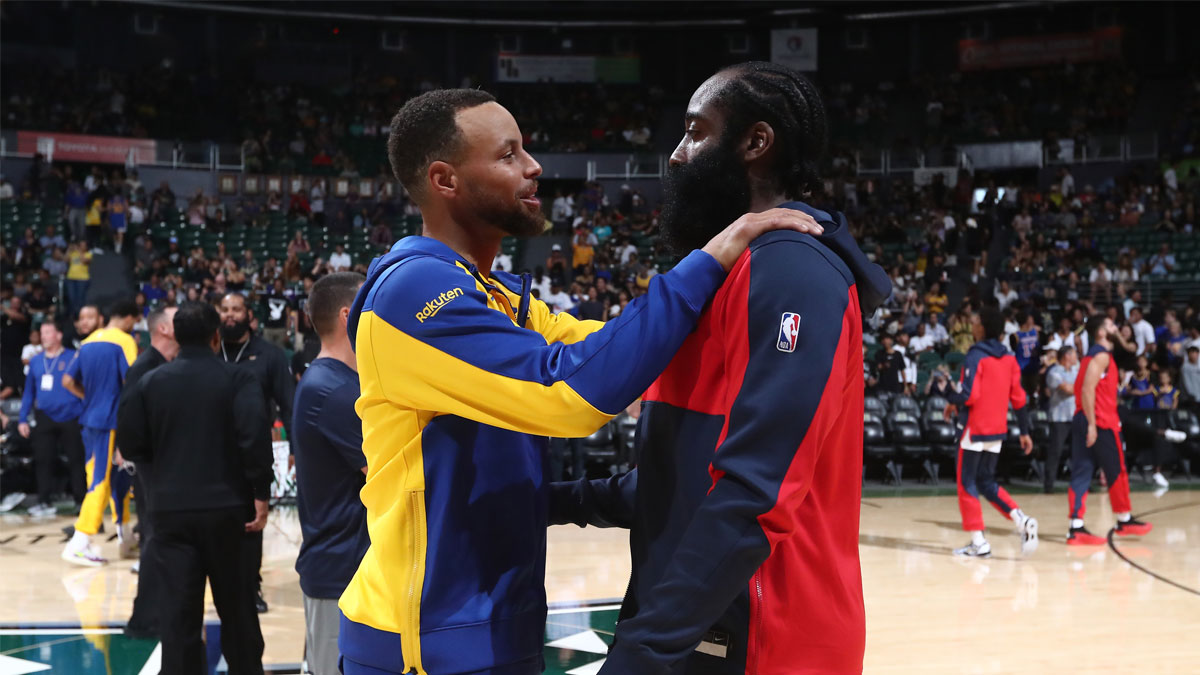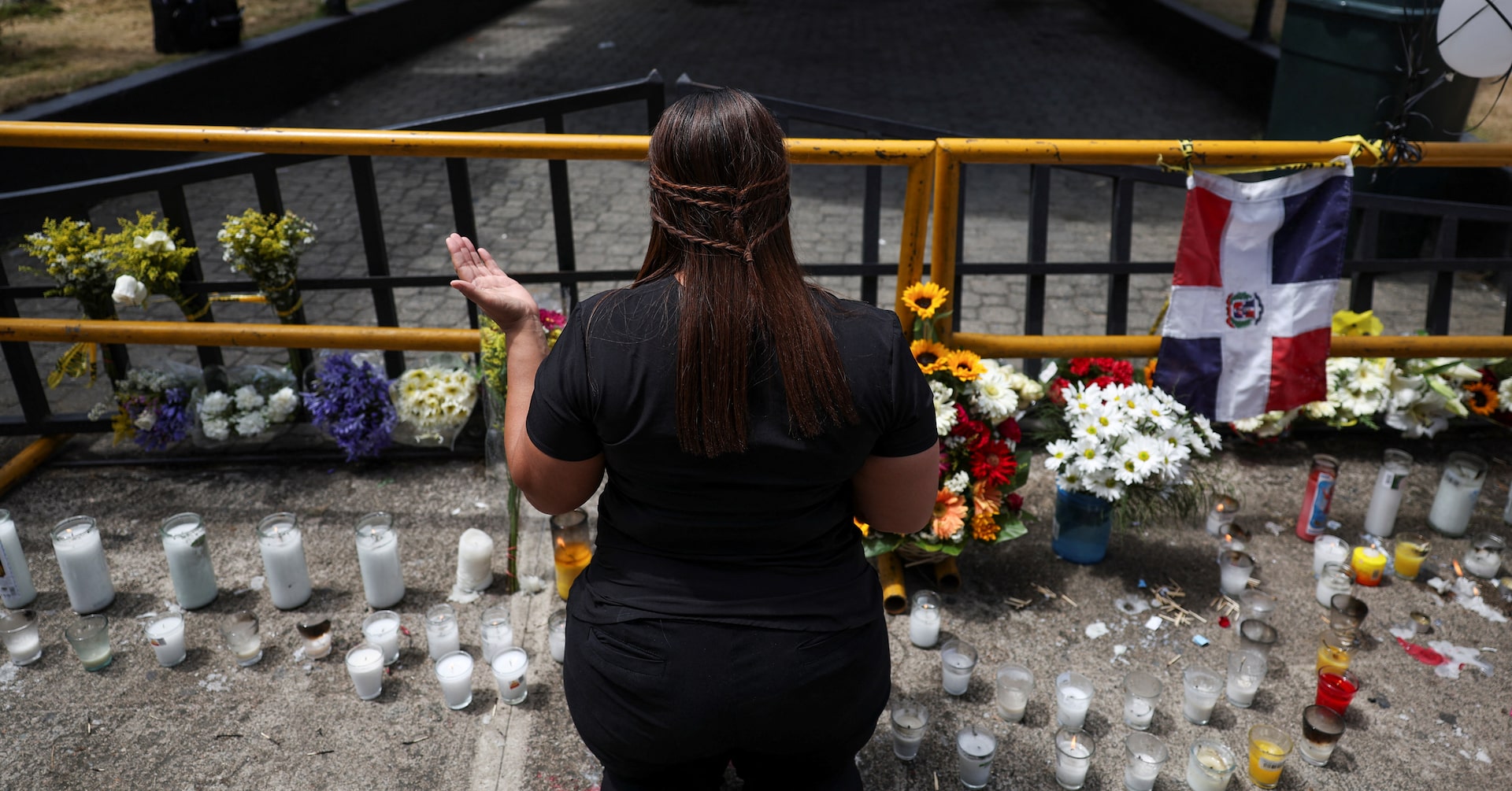
CLEVELAND, Ohio — The Baltimore Orioles have once again moved the outfield wall at Camden Yards, and the hosts of the Cleveland Baseball Talk podcast aren’t holding back their criticism of what they see as an affront to baseball tradition and player preparation.
As the Guardians prepare for their upcoming series in Baltimore, podcast hosts Joe Noga and Paul Hoynes discussed the latest reconfiguration — the second in recent years — of the left field area at Oriole Park at Camden Yards, where a portion of the wall has been moved in approximately eight to nine feet from its previous position.
“Ballparks aren’t supposed to be Transformers, this is not Optimus Prime,” Noga said on the podcast. “They aren’t supposed to look like one thing and be another. It’s a ballpark.”
The frustration stems not just from the change itself, but from the frequency with which Baltimore has altered its playing dimensions. What was once one of baseball’s most beloved and consistent venues has now become a shape-shifting curiosity that creates confusion for both players and fans.
The latest alteration has created what the hosts described as a particularly odd ground rule situation, where a yellow line on the wall constitutes two different outcomes: balls hitting to the left of the line remain in play, while those hitting to the right are home runs, despite both being on the same visible wall structure.
This inconsistency particularly impacts visiting players who must constantly re-learn the park’s peculiarities. “For Steven Kwan to have to go in and, you know, basically re-learn the park for the third time in his career, that’s not good,” Noga explained.
Hoynes connected the modern situation to baseball history, referencing former Cleveland owner Bill Veeck, who once had a Triple-A ballpark in Milwaukee with outfield fences on wheels. “So when they faced a contact-oriented team, a team without power, they move the fence in. And when they face a power hitting team, they could roll the fence back,” he recalled, suggesting the Orioles might be taking inspiration from this manipulative approach.
The hosts acknowledged that unique ballpark features are part of what makes baseball special — they’re not advocating for cookie-cutter stadiums. However, they drew a clear line between organic quirks that give a park character and deliberate manipulations designed to create advantages or neutralize specific opponents.
The original motivation for Baltimore’s wall movement appeared to be neutralizing the power of division rivals’ right-handed sluggers, particularly Aaron Judge. But the unintended consequence was hampering their own right-handed power hitters, which seemingly prompted this latest adjustment back in the opposite direction.
“I think you’ve just got to settle on one configuration and then kind of live and die with it,” Hoynes concluded pragmatically.
The conversation highlighted an important aspect of baseball traditions — that while innovation has its place, some elements of the game deserve respect and consistency. Players like Steven Kwan and the Guardians outfielders now must spend additional preparation time with coaching staff walking the outfield and discussing the unique characteristics of a park they thought they already knew.
As the Guardians open their series at the newly reconfigured Oriole Park, it will be fascinating to see how the altered dimensions impact play, especially for a Cleveland team coming off a successful 5-1 homestand and looking to maintain momentum.
Listen to the full episode of the Cleveland Baseball Talk Podcast for more insights on the Camden Yards and preview of the upcoming Guardians-Orioles series, including pitching matchups and players to watch in this intriguing American League showdown.
If the player above doesn’t work, you can listen to today’s podcast here.
Note: Artificial intelligence was used to help generate this story from the Cleveland Baseball Talk Podcast by cleveland.com. Visitors to cleveland.com have asked for more text stories based on website podcast discussions.


